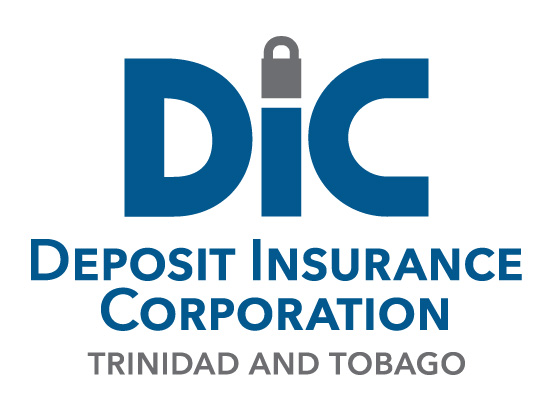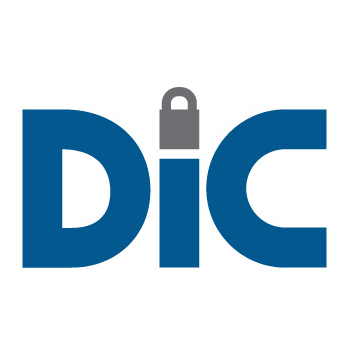Single Ownership Accounts
All funds owned by an individual and deposited by him in one or more individual accounts are added together and insured up to the maximum of $200,000.
This is true whether the accounts are maintained in the name of the individual owning the funds, in the name of his agent or nominee, or in the name of a guardian, or custodian holding the funds for his benefit.
Scenarios calculating the coverage afforded by deposit insurance are presented below for each of the following types of Single Ownership Accounts:
- Accounts held by an Individual Owning the Funds
- Accounts held by Agents or Nominees
- Accounts held by Guardian or Custodian
- Accounts of Executors and Administrators
- Accounts Held by a Company, Corporation, a Partnership, Sole trader or Unincorporated Association
Accounts held by an Individual Owning the Funds
Scenario:
A and B, husband and wife, each maintains a separate account as an individual account containing $200,000. In addition, they hold a joint account containing $200,000. The total of these accounts is $600,000.
Deposit Insurance Coverage:
| A (Individual Account) |
$200,000 |
| B (Individual Account) |
$200,000 |
| A&B (Joint Account) |
$200,000 |
| A’s Deposit Insurance Coverage |
$200,000 (Individual Account) |
| B’s Deposit Insurance Coverage |
$200,000 (Individual Account) |
Accounts held by Agents or Nominees
Funds owned by a principal and deposited in one or more deposit accounts in the name or names of agents or nominees shall be added to any individual deposit accounts of the principal and insured up to $200,000 in the aggregate.
Scenario:
A has $197,000 deposited in an individual account. His agent B, deposits an additional $5,000 of A’s funds in a properly designated agency account. B also holds an individual account in his own name containing $200,000.
Deposit Insurance Coverage:
| A (Individual Account) |
$197,000 |
| Deposited into Agency Account for A by B |
$5,000 |
| A’s Total Deposit |
$202,000 |
| A’s coverage limited to |
$200,000 |
| B’s coverage limited to |
$200,000 |
Note:
(1) A’s uninsured balance is $2000
(2) If the institution’s records do not reflect the agency relationship, the $5,000 deposited by B into the Agency Account will be allocated to B and B’s uninsured balance will be $5,000.
Accounts held by Guardian or Custodian
Funds held by a guardian or custodian, for the benefit of his ward or for a minor and deposited in one or more deposit accounts in the name of the guardian or custodian, shall be added to any individual deposit accounts of the ward or minor and insured up to $200,000 in the aggregate.
Scenario:
C, a minor, maintains an individual account of $2,500 in connection with a school savings programme. C’s grandfather makes a gift to him of $40,000 which is deposited in another account by C’s father, designated on the institution’s records as guardian or custodian. C’s father also maintains an individual account of $40,000.
Insurance Coverage:
| C, a minor |
$2,500 |
| C’s Guardianship account (Deposited by C’s Father, the designated Guardian or Custodian) |
$40,000 |
| C’s Total Deposit |
$42,500 |
| C’s Deposit Insurance Coverage | $42,500 |
| C’s Father’s Deposit Insurance Coverage | $40,000 |
Accounts of Executors and Administrators
All funds belonging to a deceased person and deposited in one or more accounts, whether held in the name of the deceased person or in the name of his executor or administrator, are added together and insured to the $200,000 maximum.
Such funds are insured separately from the individual accounts of any of the beneficiaries of the estate, executor or administrator.
Scenario:
A, administrator of D’s estate, sells D’s automobile and deposits the proceeds of $2,500 in an account entitled “A, Administrator of the estate of D”. In the same institution there is an account containing $200,000 which D had opened just prior to his death.
Insurance Coverage:
| A (administrator of D’s estate) |
$2,500 |
| D (Individual Account) |
$200,000 |
| D’s total deposit |
$202,500 |
| D’s Deposit Insurance coverage |
$200,000 |
Accounts Held by a Company, Corporation, a Partnership, Sole trader or Unincorporated Association
All funds deposited in an account or accounts by a company, corporation, a partnership, sole trader or any unincorporated association are added together and insured to the $200,000 maximum.
Scenario:
X Company maintains an account containing $200,000. The stock X Company is owned by A, B, C and D in equal shares. Each of these stockholders also maintains an individual account with the same institution.
Insurance Coverage:
The individual accounts of each stockholder would be insured up to the $200,000 maximum.
The account of X Company will be separately insured up to the $200,000 maximum.
Scenario:
The PQR Union has three branches.
Each branch maintains a deposit account at the same insured institution. The Institution’s records reveal that the funds belong to the parent organization.
Insurance Coverage:
The three accounts are added together and insured up to the $200,000 maximum.




